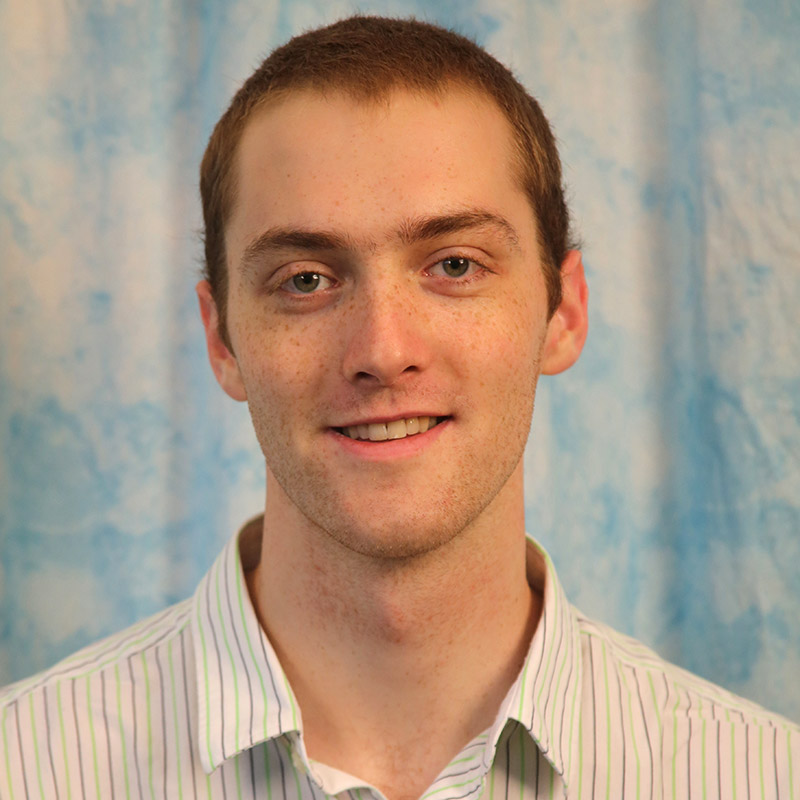
10:00 am to 11:00 am
NSH 1507
Abstract
Underwater localization and mapping are unusually difficult problems in robotics due to the poor propagation of light through water, which prohibits receiving GPS signals underwater and using cameras to see more than a few meters in turbid water. Due to this, acoustic imaging sonars have been widely used on underwater vehicles as the primary means of sensing the environment. In recent years, acoustic structure from motion (ASFM) has been proposed as a means of localizing the robot and reconstructing sparse point landmarks in the environment using imaging sonar. We address several fundamental limitations of the basic ASFM algorithm and present a fully-automatic, real-time capable SLAM pipeline that reduces error in navigation underwater and appropriately handles the difficulties associated with the imaging sonar’s nonlinear sensor model.
The task of underwater mapping is of particular interest for the purposes of inspection (ship hulls, bridge pilings, etc.). Imaging sonars can be used to build 3D occupancy maps underwater, but the sensor geometry introduces challenges that have limited the performance of current state-of-the-art algorithms. In this talk we will review modern algorithms for 3D reconstruction with imaging sonar and discuss future promising lines of research.
Speaker Biography
Eric is a Ph.D. student in the Robotics Institute at Carnegie Mellon University, advised by Prof. Michael Kaess. He previously received his B.S. in Electrical and Computer Engineering at Franklin W. Olin College of Engineering. His interests are in robot localization and mapping in the real world.
Committee Members:
Michael Kaess (advisor)
Sebastian Scherer
George Kantor
Humphrey Hu
